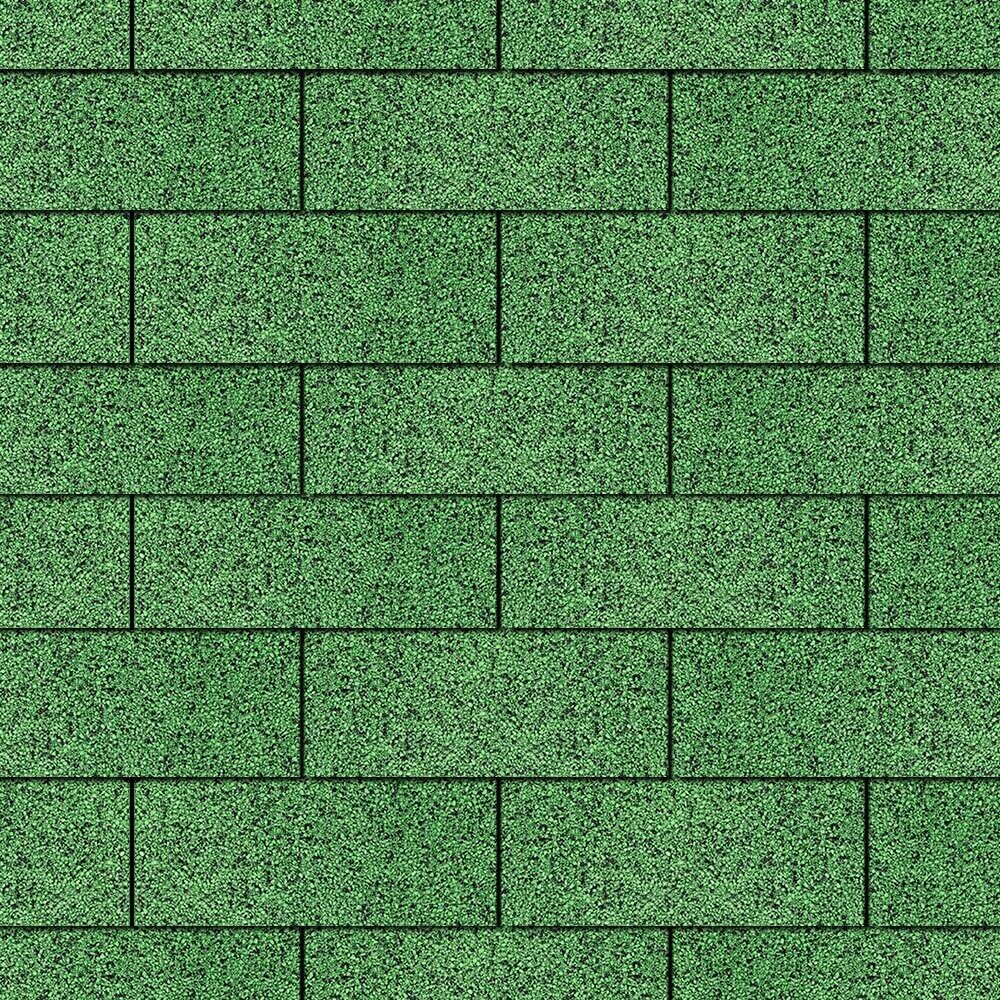
Choosing the Right Felt for Your Roof: A Comprehensive Guide
When it comes to DIY roofing, selecting the right felt for your roof is essential for weatherproofing and insulation. Roofing felt, also known as tar paper, is a flexible material used in roofing to provide an extra layer of protection against the elements. It is made from recycled paper and asphalt, and is designed to act as a barrier between the roof deck and the shingles or tiles, providing extra protection against water damage.
When selecting roofing felt, it is important to consider the type and quality of the material, as well as the installation process. Different types of felt are designed for different purposes, such as waterproofing, insulation, and durability. Additionally, the installation process is just as important as the material itself, as proper installation can prolong the life of your roof and help protect it from the elements. With the right knowledge and materials, DIY roofing can be a rewarding and cost-effective project.
Types of Felt for Roofs
When it comes to roofing felt, there are many options to choose from. From asphalt-saturated felt to synthetic felt, it can be difficult to figure out which one is the best for your roof. To help you make the right decision, we’ve put together a comprehensive guide on the different types of felt for roofs, their uses, installation tips, and maintenance advice.
Asphalt-saturated felt is the most popular type of roofing felt and is often used in DIY roofing projects. It is made of organic materials such as cellulose and is saturated with asphalt to make it waterproof and weatherproof. This type of felt also provides insulation and is great for roofing projects that require extra durability. Synthetic felt is another option that is increasingly becoming popular in roofing projects. It is made of polyester or fibreglass and is often used for weatherproofing and insulation. It is also more lightweight than asphalt-saturated felt and provides additional protection from the elements.
No matter which type of felt you choose, it is important to consider the installation and maintenance of your roof. DIY roofing projects require careful planning and the right roofing materials. Make sure to use felt that is specifically designed for roofing and follow the manufacturer’s instructions for installation.
Additionally, it is important to regularly inspect and maintain your roof to ensure it lasts for years to come. By understanding the different types of felt for roofs, their uses, installation tips, and maintenance advice, you can make an informed decision when it comes to selecting the best roofing felt for your project.
Benefits & Risks of Felt Roofing
When it comes to roofing, felt is one of the most popular materials used for roofs. It is a great option for DIY roofing because it is relatively easy to install and maintain. Felt roofing is also a great choice for weatherproofing and insulation, making it a great investment for your home.
Felt roofing is durable and can last for years, even in extreme weather conditions. If you’re looking for a roofing material that is easy to install and maintain, felt is a great option. It’s also a great choice for DIY roofing projects and shed roofs, as it is easy to work with and can be installed quickly.
It’s also a great way to save money on roofing materials, as it is usually less expensive than other materials. Additionally, felt roofing is a great way to protect your home from the elements, as it is highly weatherproof and provides insulation.

Tips for Installing Felt Roofs
Installing felt roofs is a great DIY project for anyone looking to add weatherproofing and insulation to their home. When choosing the right felt for your roof, it's important to consider factors like roof installation, roofing materials, and roof maintenance.
Roofing felt is a great option for DIY roofers as it is both durable and easy to install. When installing felt roofs, it's important to ensure that the felt is properly secured and sealed. This will help to ensure that your roof is weatherproof and will last for years to come.
Additionally, using quality roofing materials is essential for ensuring that your felt roof is durable and able to withstand extreme weather conditions. With the right materials and installation techniques, you can ensure that your felt roof will last for years to come.

Maintaining Felt Roofs
Maintaining your felt roof is essential to ensure that it is weatherproof and insulated. If you are considering doing the installation yourself, make sure you have the right materials for the job. Roofing felt is a great option as it is a durable material that provides excellent weatherproofing and insulation.
It is also relatively easy to install and maintain, making it a great choice for DIY roofing projects. When selecting roofing felt, make sure you choose a material that is designed for your roof type and climate. High-quality felt is designed to last for years, so it is important to invest in a product that is durable and weatherproof. Additionally, make sure you use the right tools and techniques to install the felt properly.
This includes sealing the edges and corners to ensure that your roof is completely weatherproof. Finally, be sure to inspect your roof regularly and make any necessary repairs as soon as possible to ensure that your roof remains in top condition.
The Benefits of DIY Roofing with Felt
DIY roofing with felt is a great way to save money and get the job done right. Felt is one of the most popular roofing materials on the market today, and it’s easy to see why.
Felt is incredibly versatile, weatherproof, and provides excellent insulation. It’s also easy to install, making it the perfect DIY roofing material. Plus, if it’s installed correctly, felt can last for decades, ensuring your roof is well-protected and durable. When selecting the right felt for your roof, it’s important to consider your roof’s specific needs.
Different types of felt are designed to protect against different weather conditions, so make sure you select a felt that’s suitable for your area’s climate. Additionally, consider the roofing materials you’ll be using and the type of insulation you need. With the right felt, you’ll be able to ensure your roof is well-protected and energy-efficient.
In conclusion, roofing felt is an excellent choice for DIY roofers looking to weatherproof and insulate their home. It is a versatile material that can be used for a variety of applications, including roofing, insulation, and weatherproofing. It is also relatively easy to install and maintain.
With the right installation and maintenance tips, DIY roofers can ensure that their roofing felt will provide long-term protection and durability. Ultimately, roofing felt is a great choice for DIYers looking to maximise their home's efficiency and protection.
